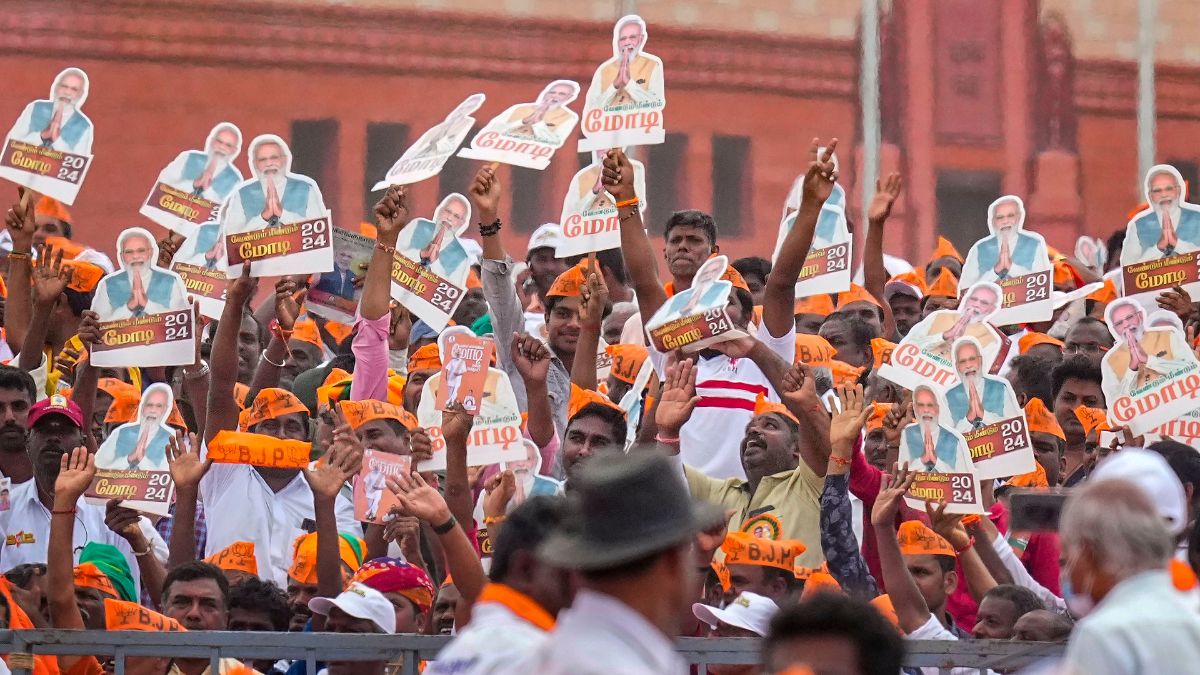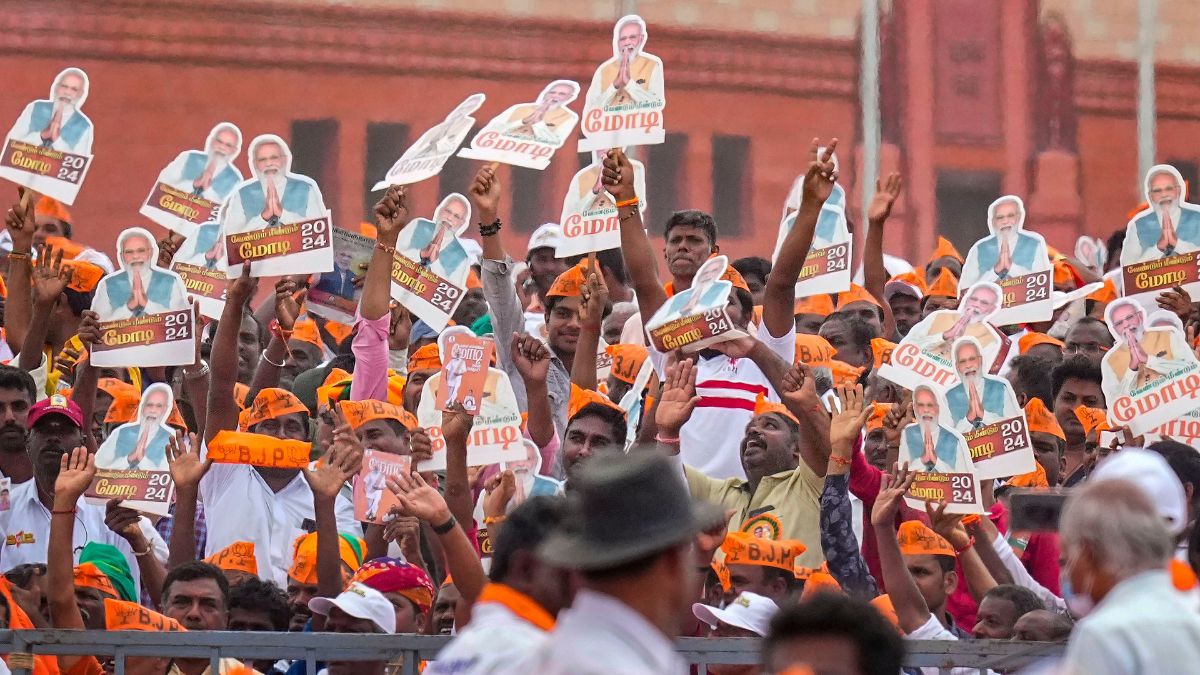After years of armed struggle with the Indian State for Naga sovereignty, the National Socialist Council of Nagaland, Isak-Muivah (NSCN-IM), has finally conceded to signing a peace accord promising shared sovereignty, according to The Times of India .
The NSCN-IM has been involved in an armed struggle since past 35 years and negotiation efforts for the last 20 years have not yielded many results until after over 80 rounds of talk since 1997, a breakthrough was achieved as the Indian government signed a “framework of agreement.”
Following this, in an official statement, quoted by The Times of India, NSCN-IM chairman has said that the Nagas have agreed to co-exist together under shared sovereignty, adding that the political dialogue process was “progressing smoothly.”
Earlier this year in March, the organisation had created ripples in North East India after the organisation said that Narendra Modi had conceded to the demand for greater Nagaland — an autonomous state integrating all the Naga-inhabited areas of neighbouring Assam, Manipur, Arunachal Pradesh and some portions Myanmar, which it considers to be the rightful homeland of the Nagas — a charge that the Indian government vehemently denied.
NSCN(IM) general secretary Thuingaleng Muivah had said, “The historic ‘Framework of Agreement’ recognises the unique history, the identity, the sovereignty, the territories of the Nagas. It also recognises the legitimate right of the Nagas to the integration of all Naga territories.”
However, the Indian government had clarified that no such decision was made.“Such reports are erroneous. It is clarified that there is no such agreement or decision by the government of India,” a home ministry spokesperson had said.
The NSCN-IM has always demanded an independent state consisting of all the territorial regions with Naga majority across several northeastern Indian states and have insisted on calling it, Nagalim, or greater Nagaland. It came into existence as a movement formed to resist the Shillong Accord of November 1975, signed between the government of India and Naga National Council.
Therefore, when the government on Monday announced that a historic ‘framework of peace agreement’ has been signed, it was natural that speculations stir up in neighbouring states whose interests are closely interlinked with any peace initiatives that the Indian government undertakes with the Nagas.
The government has, however, said that the signed agreement is only “initial and preliminary” and will only set the foundation for future negotiations with the rebel organisation. The Centre has said that NSCN-IM’s preliminary and most controversial demand of carving out a Nagalim, has been “set aside for now,” according to a report in Hindustan Times . However_,_ it has kept mum on the leaner details of the agreement signed. PIB , which often puts out copious records of all government decisions, has a brief report that says, “Details of the final settlement are being worked out within the parameters of the Framework Agreement. Hence it would be premature to make public the Framework Agreement.”
One reason for the government’s silence could be that, under the federal structure of India, it could not tinker with the existing boundaries of other northeastern states, parts of which the NSCN-IM claims, without their approval. And the traditional stand of political parties in these regions make it amply clear that neither of them will accede even an inch of their land. This, in contrast to the fact that NSCN-IM was born as a resistance movement against the Shillong Accord, makes matters extremely complicated.
At the most, the government can negotiate for greater autonomy in the Naga-majority regions to bring the rebel organisation under its fold, but as if now, that’s a far-fetched dream.
Besides this, another problem is that there are several armed groups, representing various tribal groups in the region, and he government has been successful in bringing only NSCN-IM to the table. Although NSCN-IM is the largest Naga rebel group but it mostly represents the Tangkhul tribe; it lacks representation and recognition among other tribes. And there are 17 major tribes and over 20 sub-tribes in Nagaland, and even the insurgent groups are divided along the tribal lines, according to a report in News18 .
The active terror groups in Nagaland include Federal Government of Nagaland-Non-Accordist (FGN-NA), Federal Government of Nagaland -Accordist (FGN-A), National Socialist Council of Nagaland (Khaplang) NSCN (K), Nationalist Socialist Council of Nagaland-Reformation (NSCN-R), Non-Accordist faction of Naga National Council (NNC-NA), Naga National Council-Accordist (NNC-Accordist) and Zeliangrong United Front (ZUF).
Therefore, the peace process remains on the surface of the problem, at best. NSCN (K), is still one of the deadliest armed rebel group in the region.
However, the perception that some progress has been made, after the Narendra Modi-led government signed the ‘historic’ Naga peace accord in August 2015, has helped in trust-building and setting the tone for future negotiations.


)




)
)
)
)
)
)
)
)